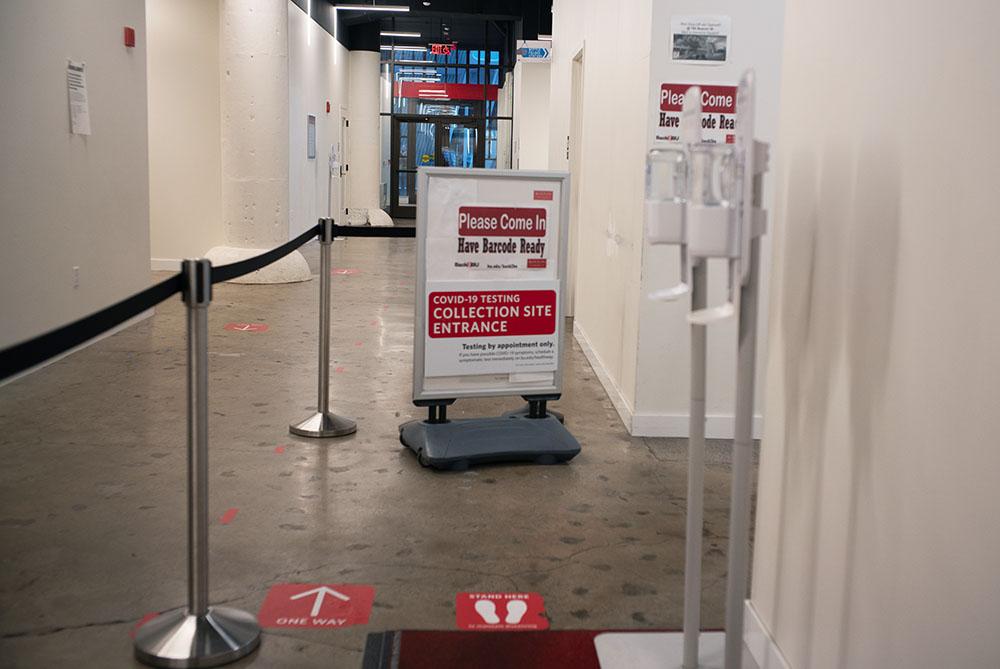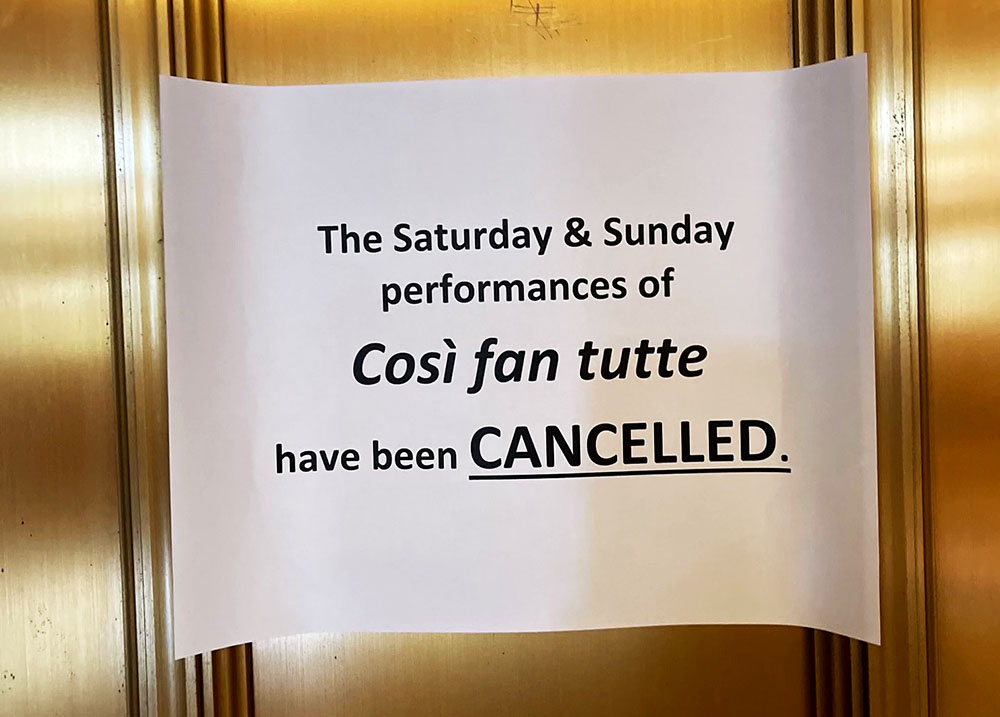If you’re like me, you’ve found yourself entertaining a conspiracy theory about conspiracy theories themselves more than once: “Aren’t they just trolling us? This must be an elaborate prank, right? None of these people truly believe this; they’re just pretending to to spite us.”
I had this feeling especially while the pandemic was still emerging and the notoriously right-wing Washington Times attributed COVID-19 to a biological weapons test by the Chinese government. Along with this, other publications including Daily Mail, The Sun and RT broke false stories including luridly racist accusations of Chinese “bat eating” originating the epidemic. This is, if nothing else, ironic, given that the accusation comes from the same people accusing the political left of needlessly racializing the pandemic.
Other conspiratorial explanations have so far included bioterror, a clandestine Jewish world organization, a eugenic population control scheme, a pedophile sting operation and transmission through Corona Beer, a company whose name has been widely misassociated with the disease on social media.
And this doesn’t even include the many opportunistic scam artists who have used public anxiety surrounding coronavirus to peddle fake cures. Televangelist Jim Bakker sold a “colloidal silver solution” on his personal website, and a guest featured on his show to promote the product. She claimed it “hasn’t been tested on this strain of the coronavirus, but it’s been tested on other strains of the coronavirus and has been able to eliminate it within 12 hours.”
Jordan Sather, a conspiracy theorist with enormous followings on YouTube and social media, has recommended gargling his “Miracle Mineral Supplement” to both prevent and cure the disease. As it would happen, The Food and Drug Administration conducted an investigation into the matter and has now established that this wonder cure is, in fact, chemically identical to store-bought bleach. It has since issued warnings that drinking MMS is dangerous, and can cause severe vomiting and acute liver failure.
Yes, you read that correctly. Someone is literally rebottling bleach and selling it as a cure — and people are buying it.
And, as if this could get any more bizarre, you can even watch televangelist superstar Kenneth Copeland supernaturally eradicate the virus worldwide after two minutes of prayer here. I highly recommend you watch it. With his hype-man on the right repeating him at random, Copeland gesticulates erratically while shouting, “I execute judgement on you COVID-19!” and “It is FINISHED! It is OVER! And the United States of America is healed, and well, again.” He later claimed during a program called “Standing Against Coronavirus” that his followers would be cured of COVID-19 if they touched their television screen to receive a spiritual healing.
To be fair, this outlandish theorizing hasn’t been confined to the US. A journalist for the Turkish publication Yeni Akit recently wrote that the Israeli program to develop a vaccine for COVID-19 may be a deceptive attempt to carry out mass-sterilization against the Turkish people and begin a campaign of eugenic population control.
But then, I wasn’t completely caught off guard by this strange series of events. You see, I’ve taken the sad plunge for you and gone through the trouble to acquaint myself with the prevalent irrational beliefs in the American population.
It may be, of course, that the average person will make at least some effort to compare their beliefs to evidence. But opinion polling has not borne this out. 58 percent of Americans between ages 18 and 24 think astrology is “very” or “sort of” scientific. Across the entire population, 24 percent believe in it.
That is, they believe the position of the stars, based on an outdated model of the solar system, bears upon the fortunes and mishaps of their private lives, decides their romantic prospects and more.
Four in ten also believe in, “the presence of spiritual energy in physical objects like mountains or trees,” even including “many Americans who are religiously unaffiliated… .” In fact, the most well-represented category in beliefs of this sort are religiously non-committal.
It doesn’t surprise me that young adults are the most common offenders, given that they are more likely to be involved in romantic pursuits.
In a recent feature piece with New York Magazine, journalists Lauren Steussy and Suzy Weiss asked a group of millennials about their major dating dealbreakers. For one respondent, Nabeela Aysen, the wrong astrological sign was a grave omen of romantic incompatibility. “Aquariuses are very stubborn and hardheaded and I’m not,” explained the 26-year-old publicist.
It gets worse. 55 percent report a belief in “psychic healing,” 41 percent in extrasensory perception, 37 percent in haunted houses, 32 percent in ghosts, 31 percent in telepathy, 26 percent in clairvoyance and 21 percent in witches.
Many people, to my astonishment, have never heard these figures or, when they do, dismiss them as if they do not matter. Let me persuade you that they do. Steven Pinker, chair of the psychology department at Harvard University, put it this way. “Our president is going to be elected by a population one out of every five of which believe in witches,” he notes.
Witches!
The next time you’re left wondering how people can believe so many shockingly irrational things, and find yourself tearing your hair out in frustration or fatalistically cynical about politics in general, remember this.
And it doesn’t stop there. According to another study, fake news is 70 percent more likely to be retweeted than true news. The authors found that among the top ten most widely purveyed fabrications in 2018 was the headline “Muslim Figure: ‘We Must Have Pork Free Menus Or We Will Leave U.S.’ How Would You Respond to This?” Note that the crudely racist nature of the content does not seem to change its amount of promotion. In fact, if this is any indication, it only helps.
The prevalence of paranormal beliefs in the American population tells us something about the psychological complexion of the United States electorate. And what is true of the American electorate tends to be true of its elections. Although my ingrained optimism says one thing, the polling data tell a very different, and much less flattering, story.






























































































































